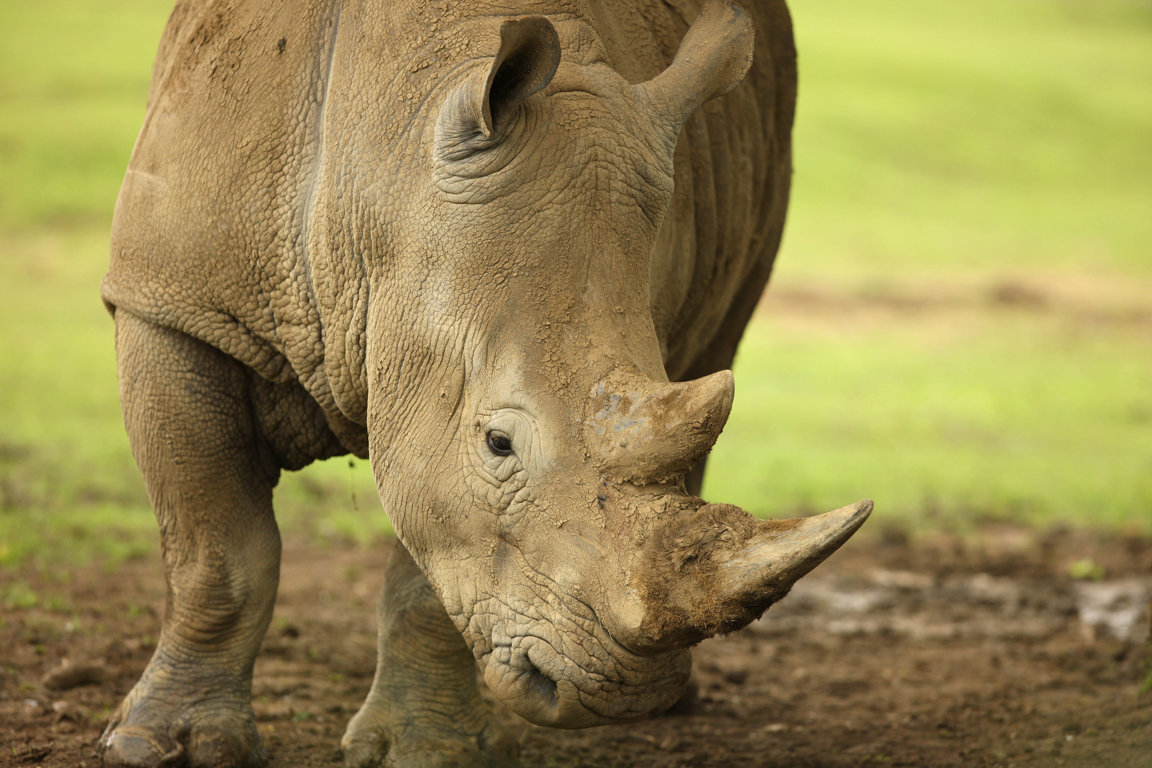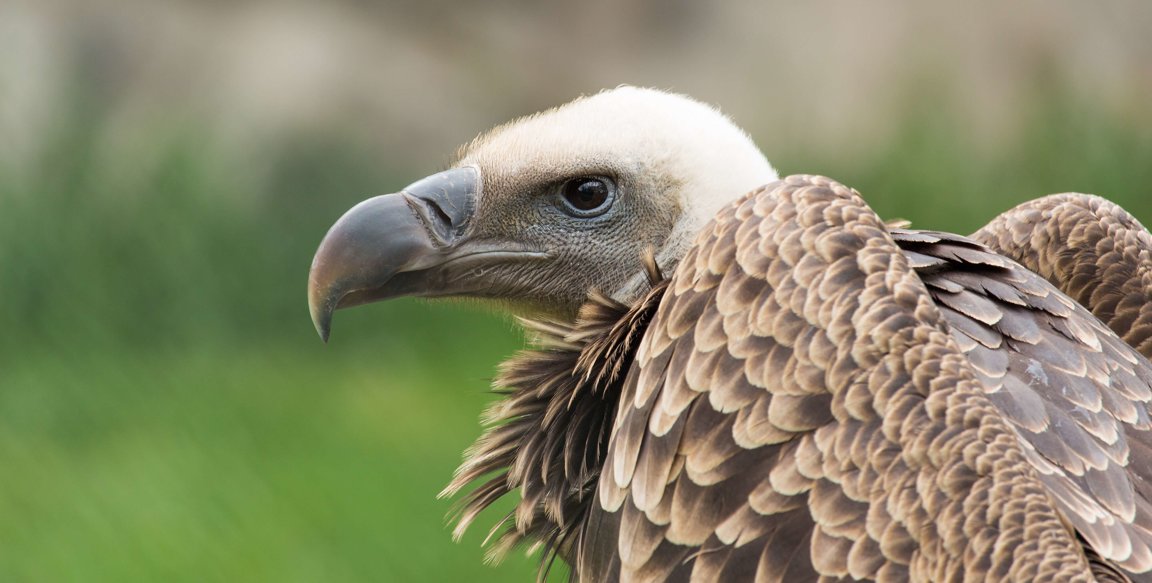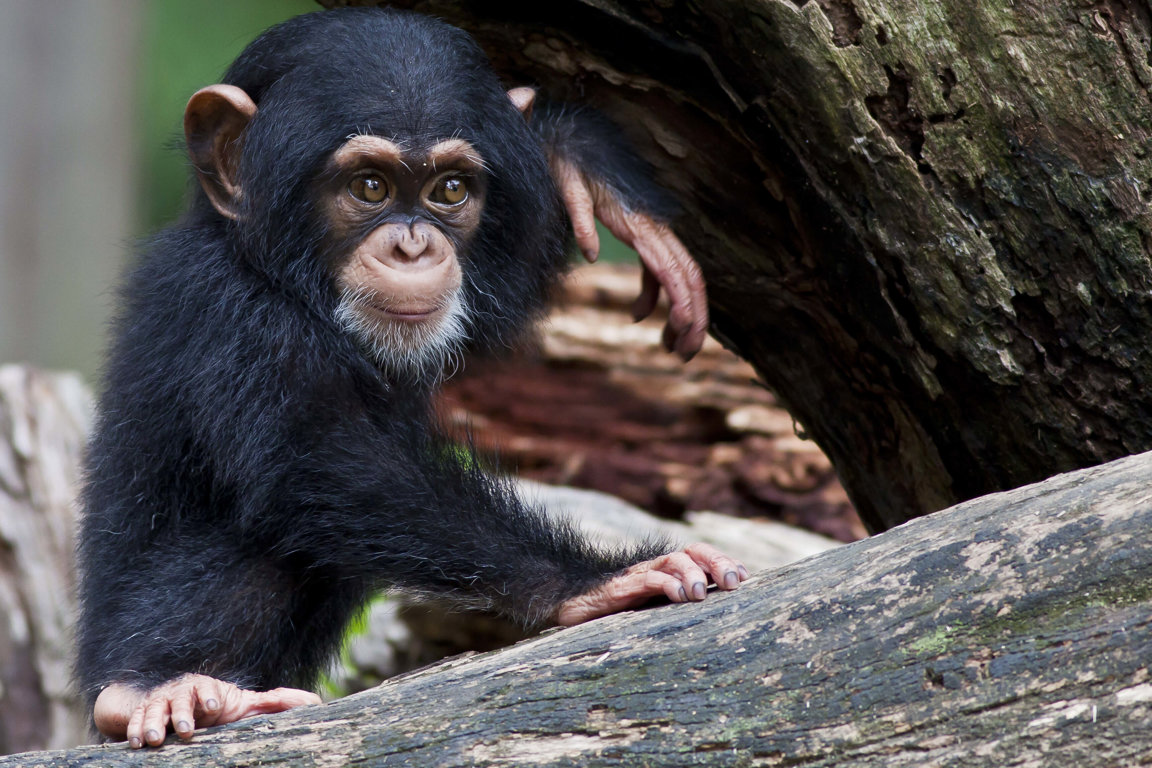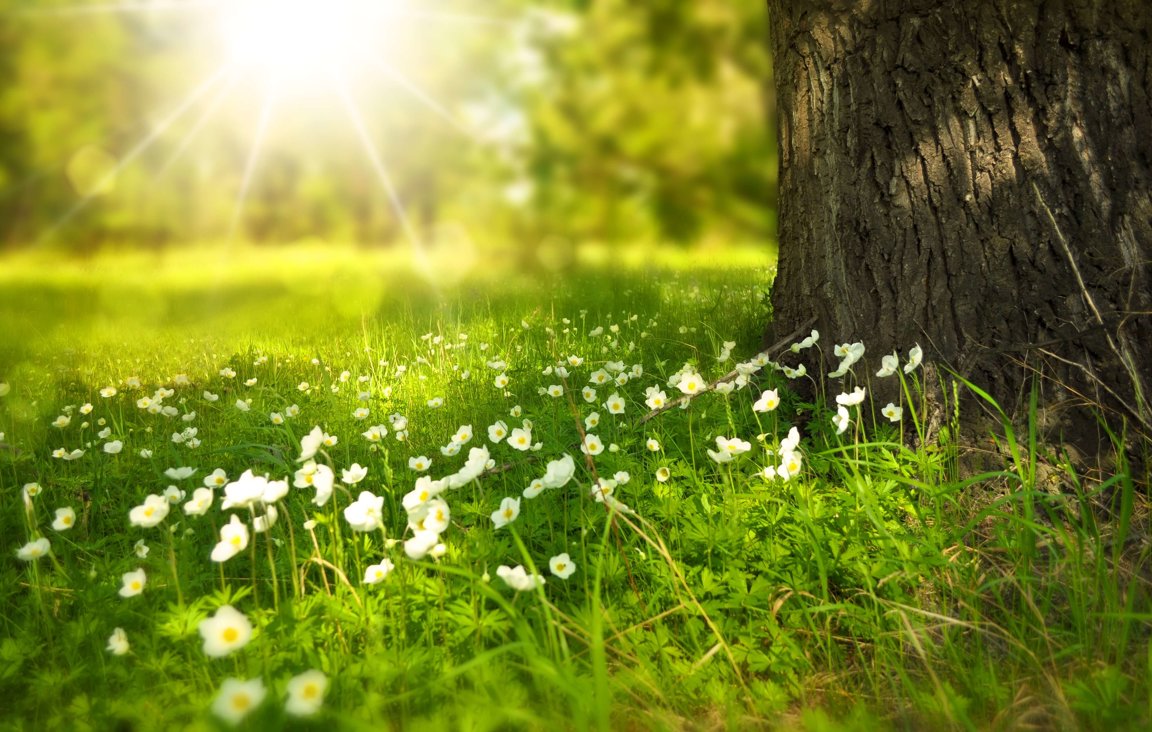Extinction Crisis
It's a dreadful reality. We are going through our sixth period of plant and animal mass extinction, the sixth to happen in the last 500 million years. The current wave is considered to be the worst series of species elimination since the dinosaurs disappeared 65 million years ago.Granted, extinction is a phenomenon that occurs naturally, however it normally happens at a rate of 1 to 5 species every year. But, as scientists estimate, we are currently losing species 1,000-10,000 times faster than that, which means that literally tens of species are vanishing from the face of the Earth every day. We could be looking at a frightening future. By this rate, almost one third to one-half of all species could become extinct by 2050.
We must act now, before it's too late.


 Amphibian Extinction Crisis
Amphibian Extinction Crisis Bird Extinction Crisis
Bird Extinction Crisis Fish Extinction Crisis
Fish Extinction Crisis Invertebrate Extinction Crisis
Invertebrate Extinction Crisis Mammal Extinction Crisis
Mammal Extinction Crisis Reptile Extinction Crisis
Reptile Extinction Crisis Plant Extinction Crisis
Plant Extinction Crisis